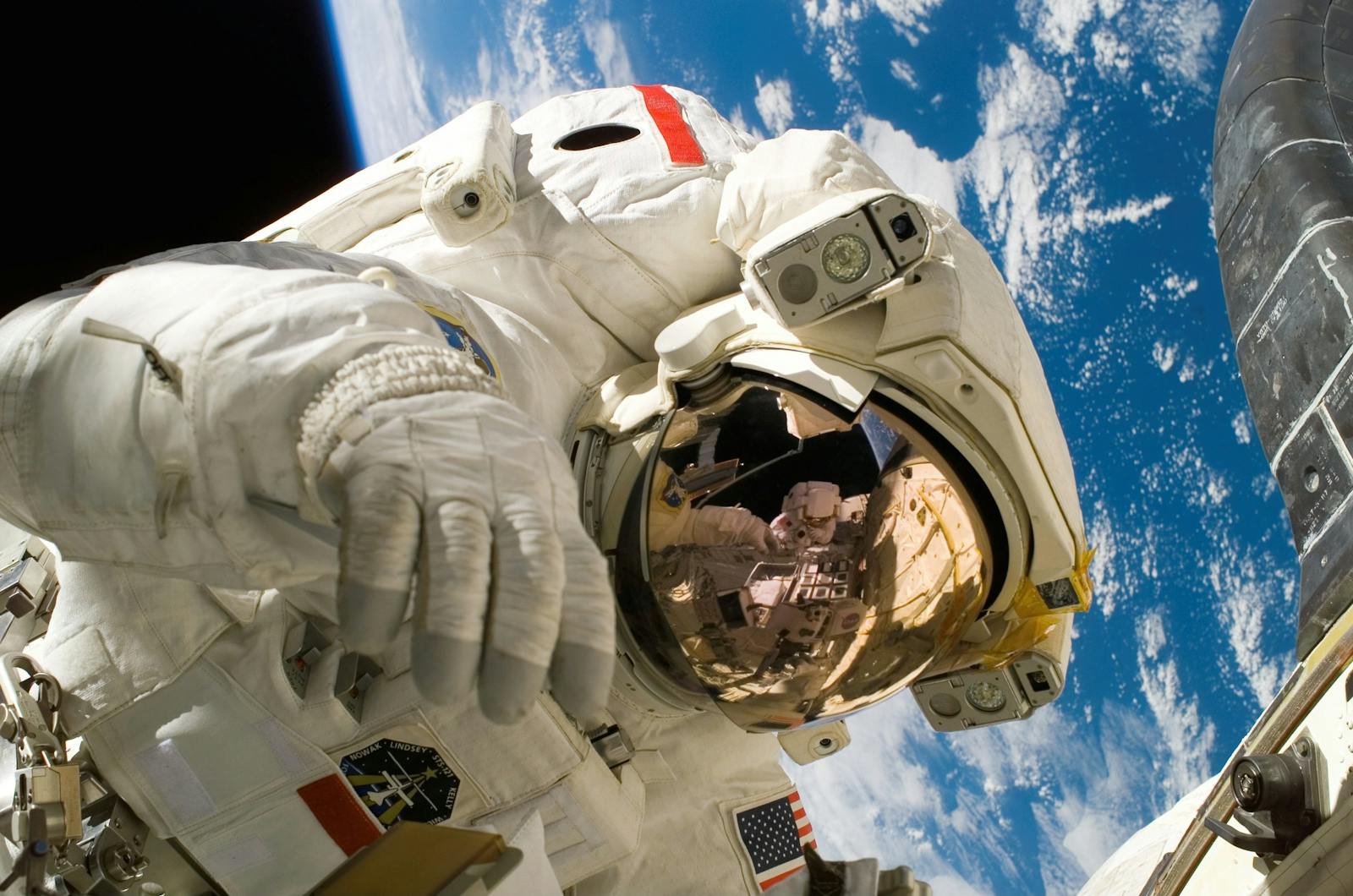Exploring the Cosmos: 30 Mind-Blowing Space Facts

9
Goldilocks Zone:
The habitable zone, often referred to as the "Goldilocks zone," is the region around a star where conditions are just right for liquid water to exist on the surface of a planet. Liquid water is a key ingredient for life as we know it, making this zone a focus in the search for potentially habitable exoplanets.
8
Voyager Probes:
Launched in 1977, the Voyager 1 and Voyager 2 spacecraft have embarked on a remarkable journey through the solar system. They have provided invaluable data about the outer planets and continue to communicate with Earth from the edge of the heliosphere, the region where the solar wind slows and interacts with interstellar space.
7
Time Dilation:
According to Einstein's theory of relativity, time dilation occurs when an object moves at high speeds or is in a strong gravitational field. As a result, time passes more slowly for that object relative to a stationary observer. This phenomenon has practical implications for satellite-based navigation systems like GPS.
6
The Oort Cloud:
The Oort Cloud is a theoretical region of icy bodies located far beyond the orbit of Pluto. It is thought to be the source of long-period comets that occasionally enter the inner solar system. The Oort Cloud is a vast, distant reservoir of icy remnants from the early solar system.
5
Quasars:
Quasars, or quasi-stellar radio sources, are some of the most luminous and energetic objects in the universe. They are powered by supermassive black holes at their centers, which accrete matter and release tremendous energy. Quasars are visible across vast cosmic distances and provide insights into the early universe.
4
Asteroid Impact Threat:
Earth is at risk of asteroid impacts, although the probability of a significant collision is relatively low. NASA and other space agencies actively monitor near-Earth objects and have strategies for deflecting or mitigating potential threats if they are identified in advance.
3
Space Tourism:
Companies like SpaceX, Blue Origin, and Virgin Galactic are working to make space tourism a reality, allowing civilians to experience the thrill of space travel. Suborbital spaceflights are becoming more accessible to private individuals, paving the way for a new era of space exploration.









